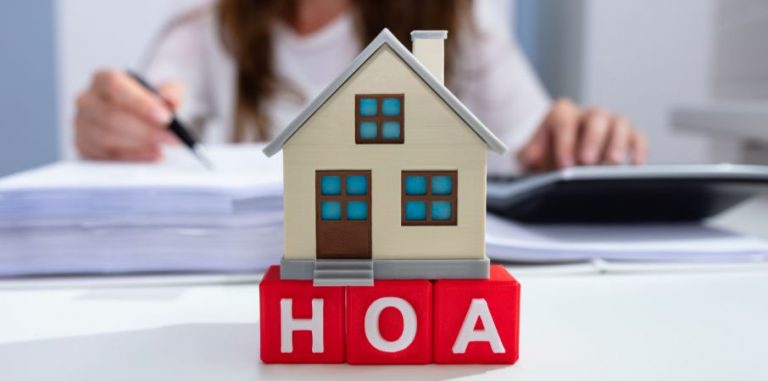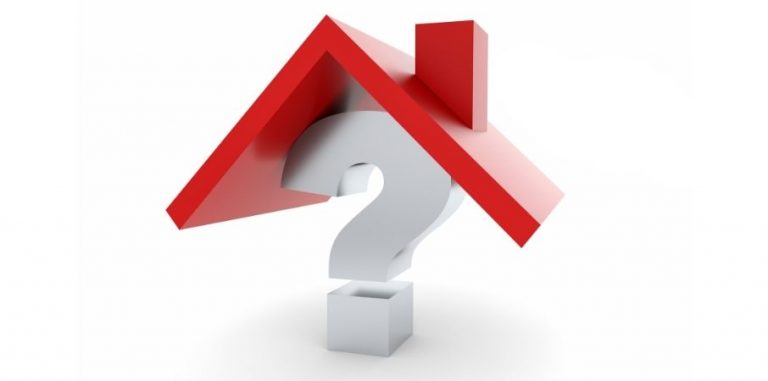Real Estate Investors like numbers.
Or, at least they should.
And, in our industry, there are plenty of numbers and return models to consider. In fact, we’ve blogged about all the major ones, including:
However, today I thought I would discuss a return model that most people never talk about. I’ll guess that most people have never even heard of it. But, it’s a model that we embraced at the beginning of our real estate careers and I think one that deserves a little more love.
Return on Equity Defined
The definition of ROE is:
- Annual Cash Flow + Net Increase in Property’s Equity
- Divided by
- Accumulated Equity Prior to Year
How you get these numbers can take a little brain power, so let’s walk thru an example.
Assume you bought an investment property in 2015 for $200,000. Let’s say that you put down $40,000 as your down payment.
In 2016, the property had annual cash flow of $4,000 and, good news for you, it increased in value by $10,000. You also had loan pay down of $8,000.
To calculate your ROE for 2016, you take your $4,000 of cash flow and add the $18,000 of equity you accumulated ($10,000 of appreciation + $8,000 loan pay down) during the year for a total of $22,000. You simply divide that by the previous year’s equity, which was your down payment of $40,000.
$22,000 / $40,000 = 55% return on equity
What’s a Good ROE?
We use 35% as a baseline. Once our ROE goes below that, we consider selling and investing in a bigger or multiple properties.
The reality is that we didn’t and still don’t always abide by that guideline.
As you know, real estate isn’t overly liquid. It’s not like pushing a button and selling a stock once it reaches a certain price. Plus, there are selling fees to consider and also additional costs involved in buying additional properties.
Note: Most ROE disciples, because they often “trade” for larger or more properties, utilize a 1031 Exchange, which can help defer capital gains tax.
Obtaining a high ROE, particularly early in the investment, isn’t difficult to do, particularly if you didn’t place a large down payment on the home. In fact, there are very few investments out there that can generate the kind of return that real estate offers.
Why Use Return on Equity?
ROE is a great model if you use leverage (a mortgage) to purchase the property. If you use cash, it’s not an effective model.
As you may know, my business partner and I used leverage – heavily – to acquire our rental properties. We concerned ourselves with equity, and buying in areas with good track records of appreciation, more than we concerned ourselves with seeking out the best cash flow deals.
Like most investors should, we took a long-view approach, and wanted to ensure that we were maximizing our cash investment. This is why ROE became an appealing model. Our theory was that if we had too much equity in a property, we should use that equity by selling and buying more properties.
It’s very similar to a Monopoly game. You buy small, gain equity, sell, and buy bigger or multiple properties.
What models do you use? Let us know in the comments!









3 Responses
An interesting discussion is worth comment. I think that you need to write more on this issue, it
may not be a taboo subject but typically people don’t discuss
such subjects. To the next! Cheers!!
Howdy! I’m at work surfing around your blog from my new iphone!
Just wanted to say I love reading through your blog and look
forward to all your posts! Keep up the fantastic work!
bookmarked!!, I like your web site!